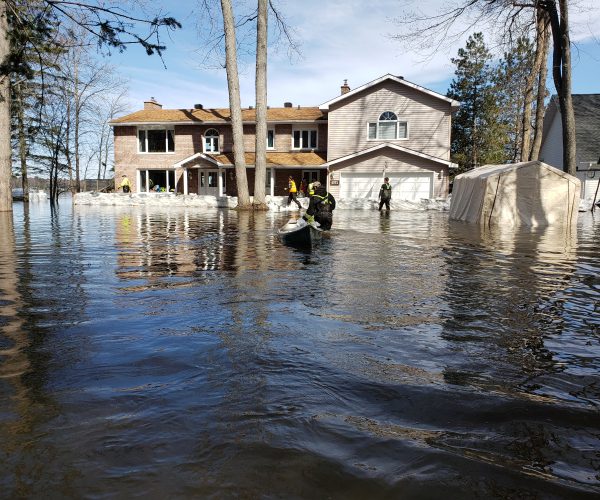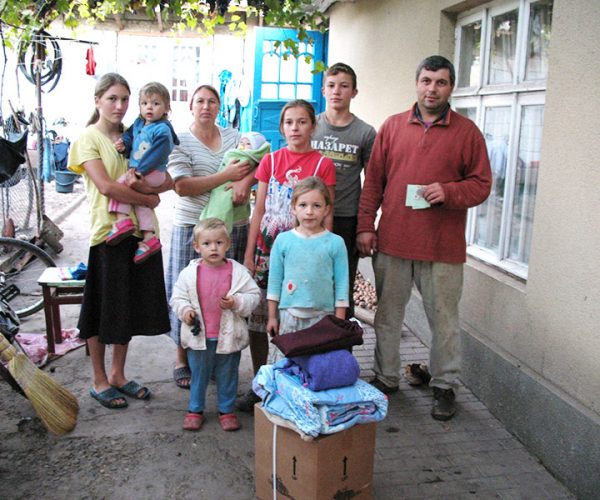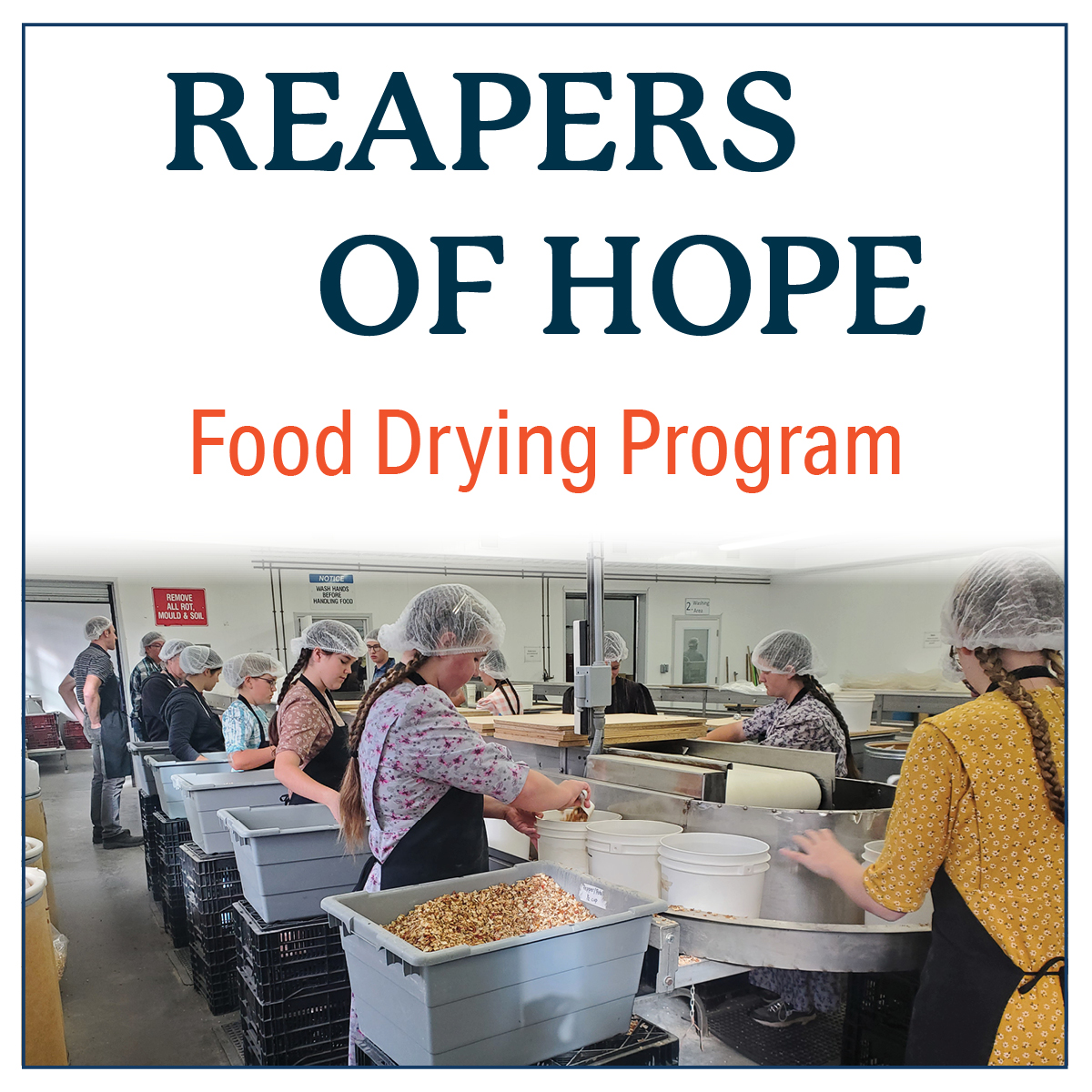As downpours pelted Haiti hour after hour, desperation mounted. Water was rising fast, threatening to wash away everything in its path. Families, seeing their houses were no longer safe, grabbed what they could carry and waded through the murky waters to safety.
Torrential rainfall pummeled Haiti in early June, bringing widespread flooding. Rivers overflowed their banks, triggering flash floods and landslides. The floodwaters swept away thousands of homes and killed more than 40 people. One mother said she lost her five-year-old son in the flood, while another child survived by hanging onto a tree. The flood also took this mother’s house, leaving her with almost nothing.
• For the more than 13,000 Haitians who were displaced by the flooding
• That, in the instability of their country, people in Haiti would find true peace in Jesus
.• For wisdom, safety, and strength for our national staff members and contacts.
These heavy rains spelled disaster for Haitians who depend on their crops for food and income. Many farmers had just planted their fields for the spring growing season. Earlier this year, an unusually dry spell had caused problems for them. Then the floodwaters washed away acres of crops and tons of valuable topsoil.
The heavy rain lasted only a few days, but its effects will no doubt last for months or even years. The flooding leaves behind grief-stricken families, throngs of homeless people, water-damaged buildings, and streets strewn with mud and debris. In Leogane, a community heavily affected by the flooding, a CAM national staff member witnessed families sheltering in a local school. Many of them lack the means to rebuild their homes and don’t know where they will go when school starts again, forcing them to find another place to live.
Haiti’s downward spiral
This flooding brings a new wave of suffering to a country all too familiar with need. Haiti is considered to be one of the poorest countries in the western hemisphere. Natural disasters, extreme poverty, and political upheaval have wracked the country for years. In the past five years, the number of Haitians who need humanitarian aid has almost doubled to 5.2 million, nearly half the country’s population (source: United Nations). Hunger and malnutrition are rampant in many areas.
Since Haiti’s president Jovenel Moïse was assassinated in 2021, a leadership void has plagued the country. With little organized leadership and few opportunities, many young men are joining gangs. Rivaling gangs control approximately 80 percent of the country’s capital, Port-au-Prince. As these gangs fight for control, thousands of Haitians are caught in the middle. Many are forced from home and live in daily fear of kidnapping and violence.
Some groups, frustrated with the lack of leadership and the terror imposed by gangs, try to take matters into their own hands. One enraged mob tortured more than a dozen suspected gang members and killed them on the streets of Port-au-Prince, meeting violence with violence.
What can be done to help?
Providing aid in Haiti is often challenging. Delivering goods in the country can be dangerous. Although we currently have no American staff in Haiti, we are working through trusted national staff and contacts to research needs and help where we can.
Soon after the flooding, we provided emergency supplies like food, water, and hygiene items. Work-for-Wages teams, organized by CAM to give Haitians the opportunity to earn an income, are now working to muck out flooded houses. In the heavily flooded area of Leogane, we plan to do a rebuilding project. We hope to hire local Haitians, giving them a source of income, to build sturdy, two-room houses. The average cost per home is $6,000, and our goal is to build 50 homes. If you would like to help with these rebuilding efforts, your support will be a blessing.
Information for this article comes from staff members and various news sources.
To help support the International Crisis program, please click below to give a one-time gift.










